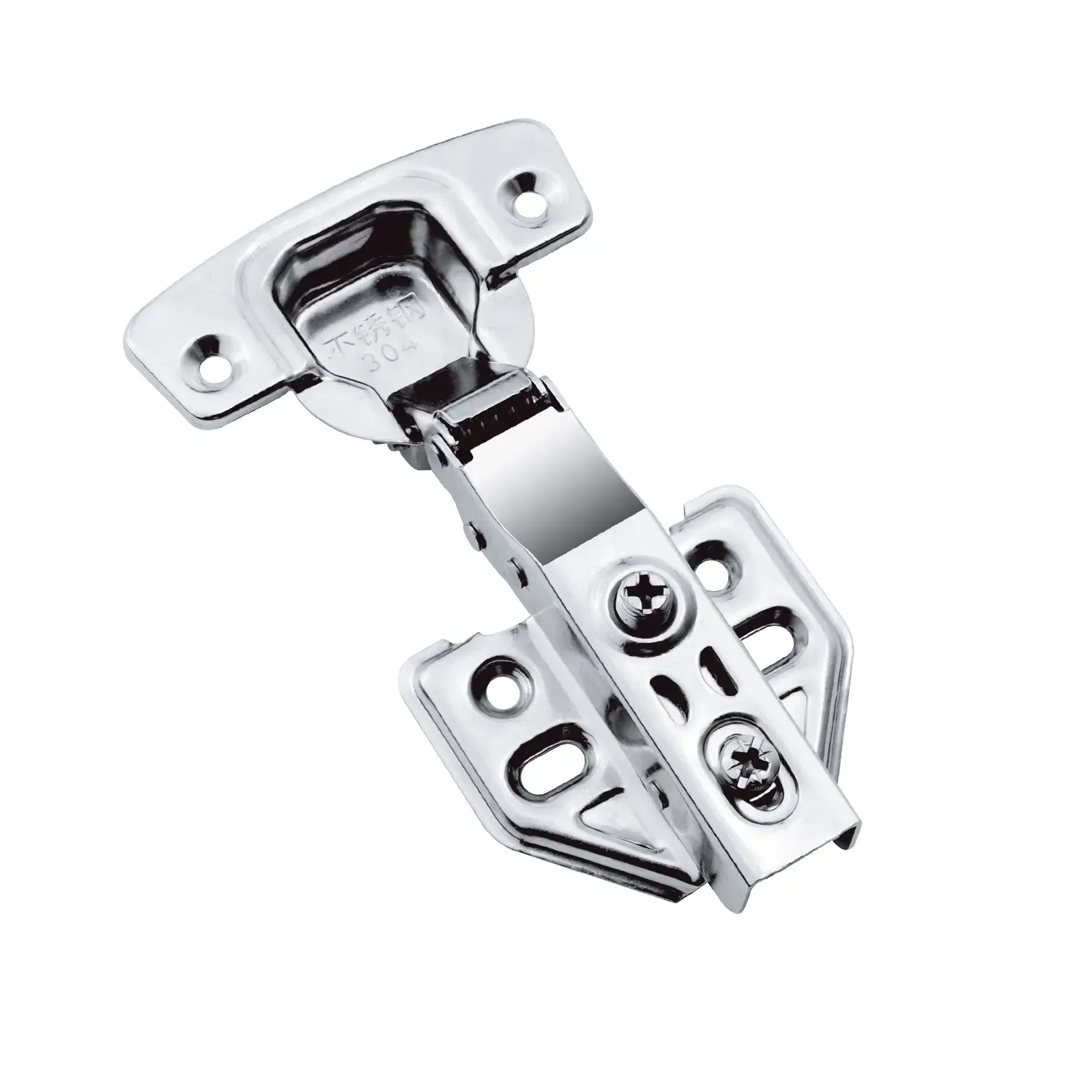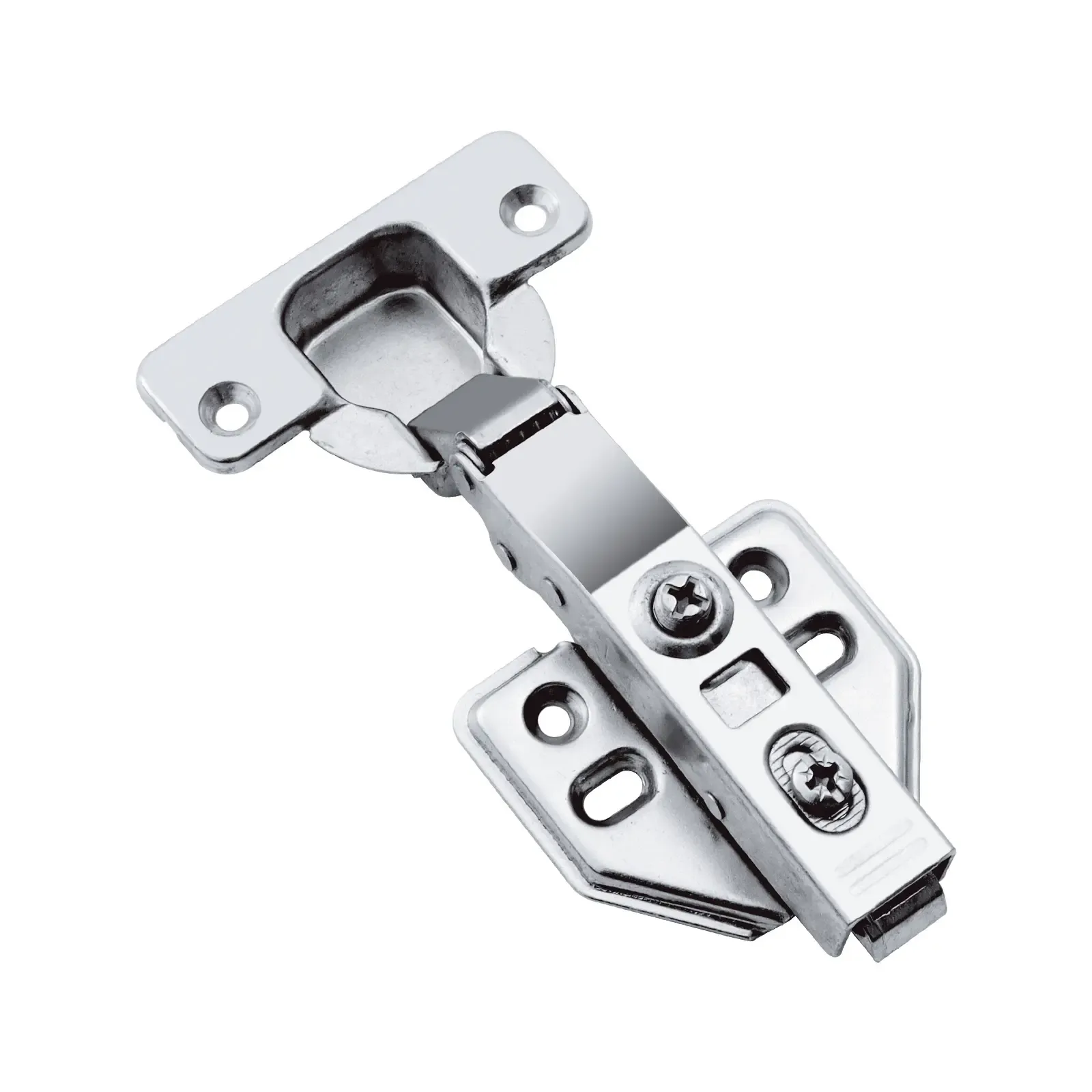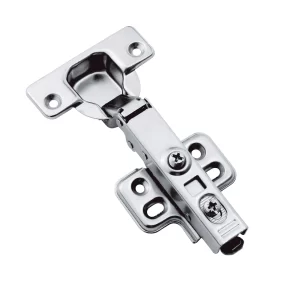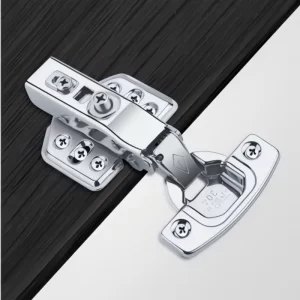A soft-close hinge turns a slammed cabinet door into a quiet, controlled close. That simple change improves user experience, protects furniture, and reduces service calls. But do you know how it works?
In this blog, Mingrun, a professional hinge manufacturer, will explain how a soft-close hinge works, the main types you’ll see, why it matters for manufacturers and homeowners, how to choose one, and quick troubleshooting and maintenance tips.
What Is A Soft-close Hinge?
A soft-close hinge is a type of hinge that has a built-in damper. The damper’s primary purpose is to actively and positively slow down the speed the doors or drawers go at the end of the closing stroke so that they can come to rest softly and quietly, thus avoiding the impact noise of typical hinges. Standard hinges operate only by means of user thrust or physical limits. A soft-close hinge generally works with a damping control during a different part of the closing motion, typically the last 10 or 20 degrees, to effect a soft and quiet closing motion.
How A Soft-close Hinge Works — The Mechanics
Most soft-close hinge systems follow the same three-phase behavior:
- Free swing phase — The door moves under the user’s force with minimal resistance.
- Engagement phase — As the door approaches the cabinet, a cam or latch engages the damper.
- Damping phase — A hydraulic, pneumatic, mechanical, or magnetic element slows the door and brings it to a controlled stop.
Common damping mechanisms:
- Hydraulic (fluid) dampers: A small piston moves through oil inside a cylinder; oil flow through tuned valves controls speed. These are quiet and offer smooth, consistent damping.
- Pneumatic dampers: Air flow through ports creates resistance. They’re lighter-weight and less temperature-sensitive than some hydraulic units.
- Mechanical (spring + friction) dampers: Rely on calibrated friction pads or springs; cheaper but less refined and more prone to wear.
- Magnetic assists: Use magnetic drag for light damping or as a supplemental slow-down.
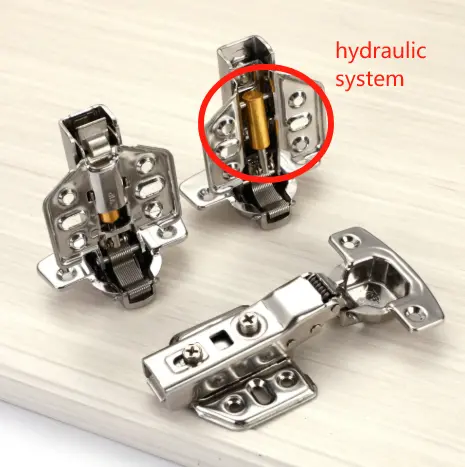
Many high-quality soft-close hinge designs integrate the damper into the hinge arm so the mechanism is fully concealed and protected from external damage.
Types & Variations You Will Come Across
Integrated soft-close hinge: Damper contained within the hinge arm or hinge cup — the most predominant style of soft-close hinge in modern cabinetry.
Retro-fit soft-close device: External dampers that attach to existing hinge or existing doors — great option for retrofitting existing cabinetry.
Heavy-duty soft-close: Designed for a larger or heavier door that uses larger dampers and reinforced mechanism components.
Micro or low-profile soft-close: Most ideal for thin doors or narrow stiles, where space may be limited.
Soft-open + soft-close combinations: May offer a gentle open and close mechanism, in a push-to-open or handle-less application.
Often, across types and variations, you will see the commonality of clip-on or quick-mount installation plates that make the installation and service experience easier.
Why A Soft-close Hinge Matters — Benefits
- Improved user experience: Doors close quietly and feel premium. That tactile quality boosts perceived product value.
- Reduced damage: Controlled closing minimizes impact on frames, finishes, and door edges — especially valuable in high-traffic kitchens and commercial settings.
- Safety: Slower closing prevents finger pinching and reduces risk for children.
- Lower service costs: Fewer warranty claims from broken doors, loose hardware, or damaged finishes.
- Market differentiation: Offering a soft-close hinge as standard can be a compelling sales point for cabinetry brands.
How to Choose The Right Soft-close Hinge
Consider these factors:
- Door weight & size: Heavier doors need larger or multiple dampers and often stronger hinge bodies.
- Door thickness & style: Thin doors may require micro soft-close models; inset vs overlay impacts geometry.
- Cabinet type: Frameless (Europanel) vs face-frame cabinets have different mounting and cup requirements.
- Cycle life & testing: Look for cycle ratings (e.g., 50,000+ cycles) and any salt spray or corrosion tests if used in humid environments.
- Adjustability: Adjustable damping and 3D adjustment screws (up/down, left/right, in/out) make installation easier and improve long-term performance.
- Material & finish: Stainless steel or PVD finishes resist corrosion in wet or coastal areas.
- Budget vs performance: Hydraulic/PVD high-end models cost more but deliver longer life and better feel than cheap mechanical dampers.
Always request samples and test them in a real-door mockup before committing to mass production.
Installation & Practical Tips
- Use the correct cup hole (often 35mm for concealed hinges) and mounting plates specified by the hinge maker.
- For tall or heavy doors, use three hinges instead of two.
- During fit-up, test the damping before final tightening — some dampers require small positional tweaks to engage correctly.
- Consider clip-on systems to speed assembly and allow easy field replacement of the damper unit.
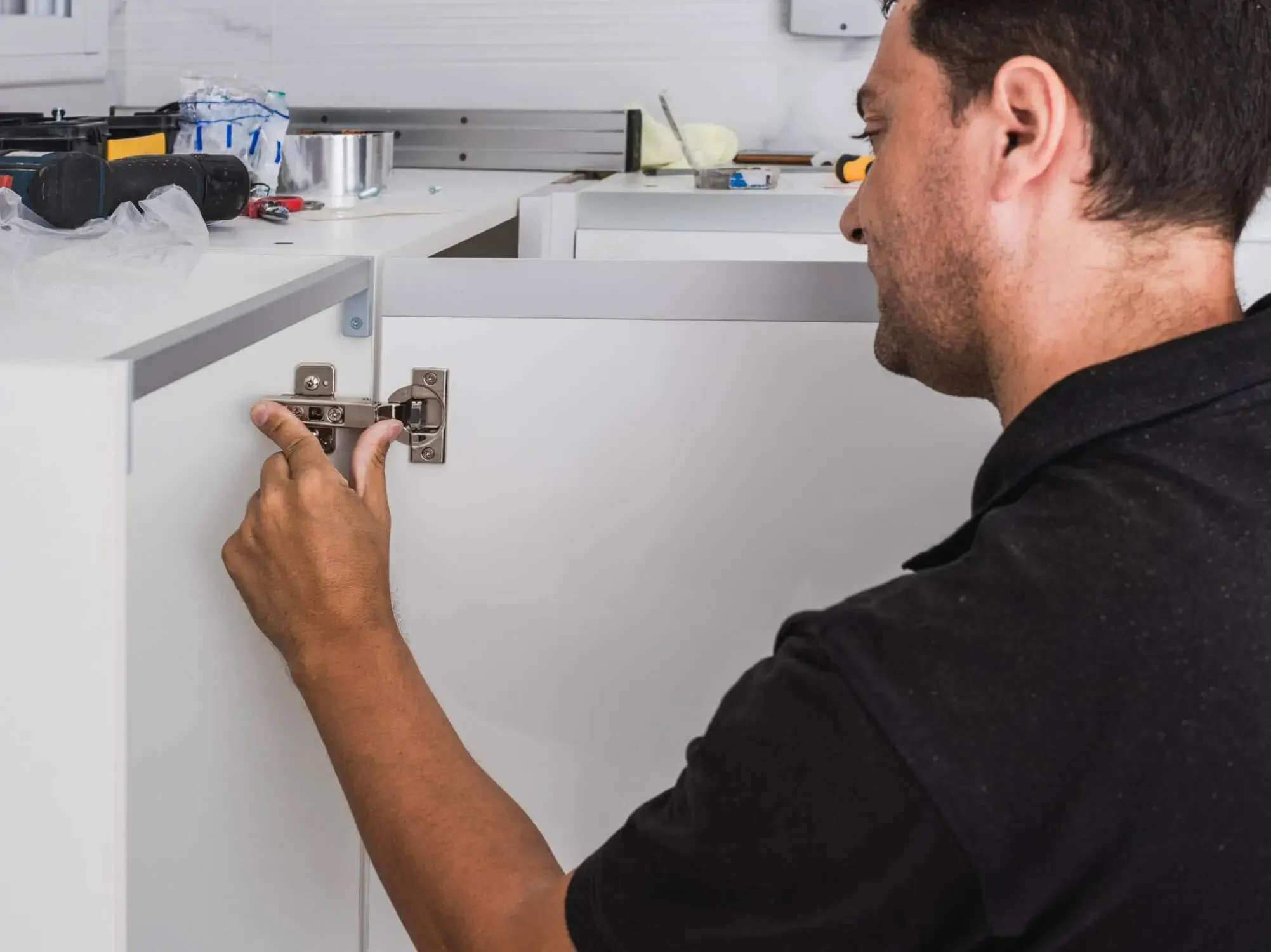
Maintenance and Anticipated Lifespan
A good-quality soft-close hinge unit can be rated for tens of thousands of cycles. The expected maintenance of a soft-close hinge would include routine cleaning and checking screw torque, as well as the potential replacement of a failed damper, as opposed to the full hinge if the assembly allows it. In a heavily operated commercial installation scenario, periodic inspections every 12–24 months could be informed of usefulness as well.
Consideration For Bulk Buyers
Adding a soft-close hinge increases part cost, but the uplift in perceived quality, reduced returns, and lower after-sales support often offset that expense quickly. For high-end furniture, it can be a price differentiator; for volume projects, specifying reliable dampers reduces lifecycle costs and warranty exposure.
Conclusion
A soft-close hinge is a tiny piece with a big impact – it changes how a product feels, prolongs the life of a cabinet, increases safety, and decreases service costs. No matter if you are specifying hardware for a luxury kitchen or engaging in a renovation project on existing furniture, you will want to focus on the type of damping if suited, cycle life, ease of installation, and serviceability options.
About Mingrun

Mingrun is a professional hinge manufacturer. We not only wholesale soft-close hinges for modern cabinets and furniture, but also provide custom hinge solutions for clients all over the world. We focus on precision design, smooth motion, and long-lasting performance to meet the diverse needs of global customers.
Our production follows a strict SOP system built on international standards, ensuring consistent quality and reliable performance across every batch. Whether you need bulk cabinet hinges or tailored hinge specifications, Mingrun offers flexible customization and rapid delivery to keep your production schedule on track.
Driven by craftsmanship and efficiency, we continue to provide partners worldwide with dependable hinge solutions that enhance both function and design.
FAQ
Q1: Why do some cabinet doors still slam even with a soft-close hinge?
A1: Check for oil leakage or a blocked damper. A failed seal means the soft-close hinge must be replaced.
Q2: The soft-close function feels inconsistent across multiple cabinets—what causes this?
A2: Differences in door weight or hinge positioning can affect damping. Recheck hinge placement and add an extra hinge for taller doors.
Q3: Our customers report squeaking hinges after installation. What’s the fix?
A3: Clean off debris, tighten all screws, and use silicone or PTFE lubricant on pivot points. Avoid heavy oils that damage dampers.
Q4: My cabinet door closes too slowly or feels weak—can I adjust it?
A4: Yes. Most soft-close hinges have a small adjustment screw to fine-tune damping speed.
Q5: Why do two cabinet doors close unevenly?
A5: Check door weight and hinge alignment. Adjust hinge positions or add another hinge to balance the closing motion.

